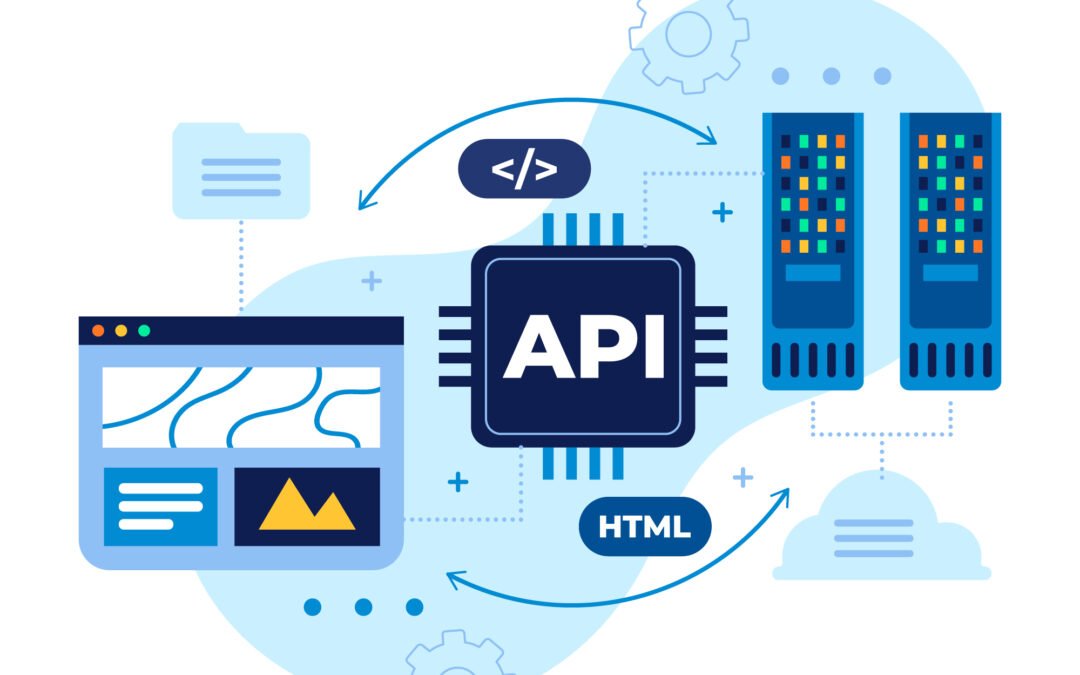
The Power of REST API
Introduction: In modern web development, Application Programming Interfaces (APIs) have become essential for enabling seamless communication between different software systems. Representational State Transfer (REST) API, in particular, has emerged as a widely adopted architectural style for designing and implementing web services. This article aims to shed light on the fundamentals of REST API, its benefits, and its significance in today’s digital landscape.
Understanding REST API: REST API is an architectural style defining constraints for building networked systems. It is based on the principles of simplicity, scalability, and interoperability. REST leverages the existing infrastructure of the World Wide Web and uses a stateless, client-server communication model.
Critical Principles of REST API:
- Stateless Communication: Each request from a client to a server is independent and self-contained, containing all the necessary information to process the request. The server does not maintain any client-specific context between requests.
- Uniform Interface: REST API employs a standardized set of operations, such as HTTP methods (GET, POST, PUT, DELETE), to perform actions on resources. It also uses standard data formats for data exchange, like JSON or XML.
- Resource-Based: REST API treats every system component as a resource, identified by a unique Uniform Resource Identifier (URI). These resources can be accessed and manipulated using standard HTTP verbs.
- Hypermedia as the Engine of Application State (HATEOAS): REST API includes hyperlinks in the responses, enabling clients to dynamically navigate and discover available resources.
Benefits of REST API:
- Simplified Integration: REST API provides a straightforward and intuitive way to integrate different applications, platforms, and services. Its reliance on widely supported standards, such as HTTP and JSON, makes it accessible to developers across various programming languages.
- Scalability and Performance: REST’s stateless nature and utilization of the HTTP protocol’s caching capabilities contribute to improved scalability and performance. It allows for easy scaling of server resources and reduces the overhead associated with maintaining client session information.
- Platform Independence: REST API is platform-independent, meaning it can be consumed by any device or application that can request HTTP. This flexibility is crucial in today’s multi-device, multi-channel digital landscape.
- Encourages Loose Coupling: REST API promotes loose coupling between client and server components. Separating concerns allows both sides to evolve independently, enhancing system flexibility and maintainability.
- Wide Industry Adoption: REST API has gained significant popularity due to its simplicity, making it the de facto standard for building web services. Its extensive use in major cloud platforms and numerous open-source frameworks further solidifies its importance.
Conclusion: REST API has revolutionized how applications communicate, providing a powerful and flexible approach for integrating systems in a standardized manner. With its emphasis on simplicity, scalability, and platform independence, REST has become the go-to choice for developers and organizations seeking efficient and reliable interconnectivity. Understanding the principles and benefits of REST API opens up a world of possibilities for creating interconnected digital ecosystems and driving innovation in the rapidly evolving technology landscape.
